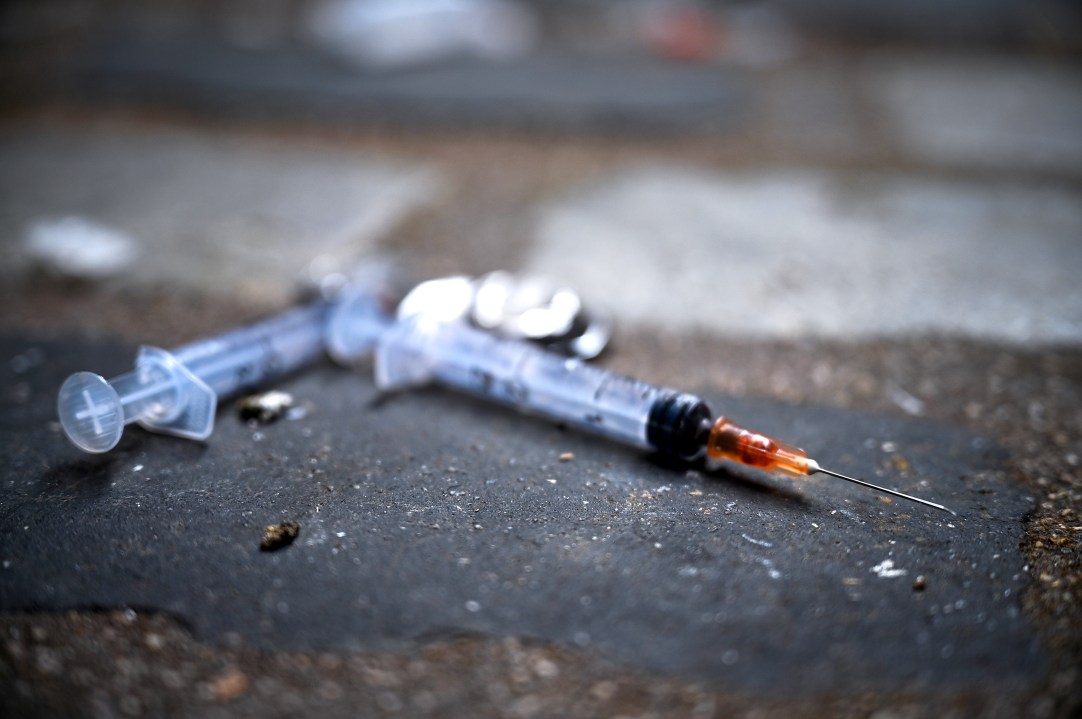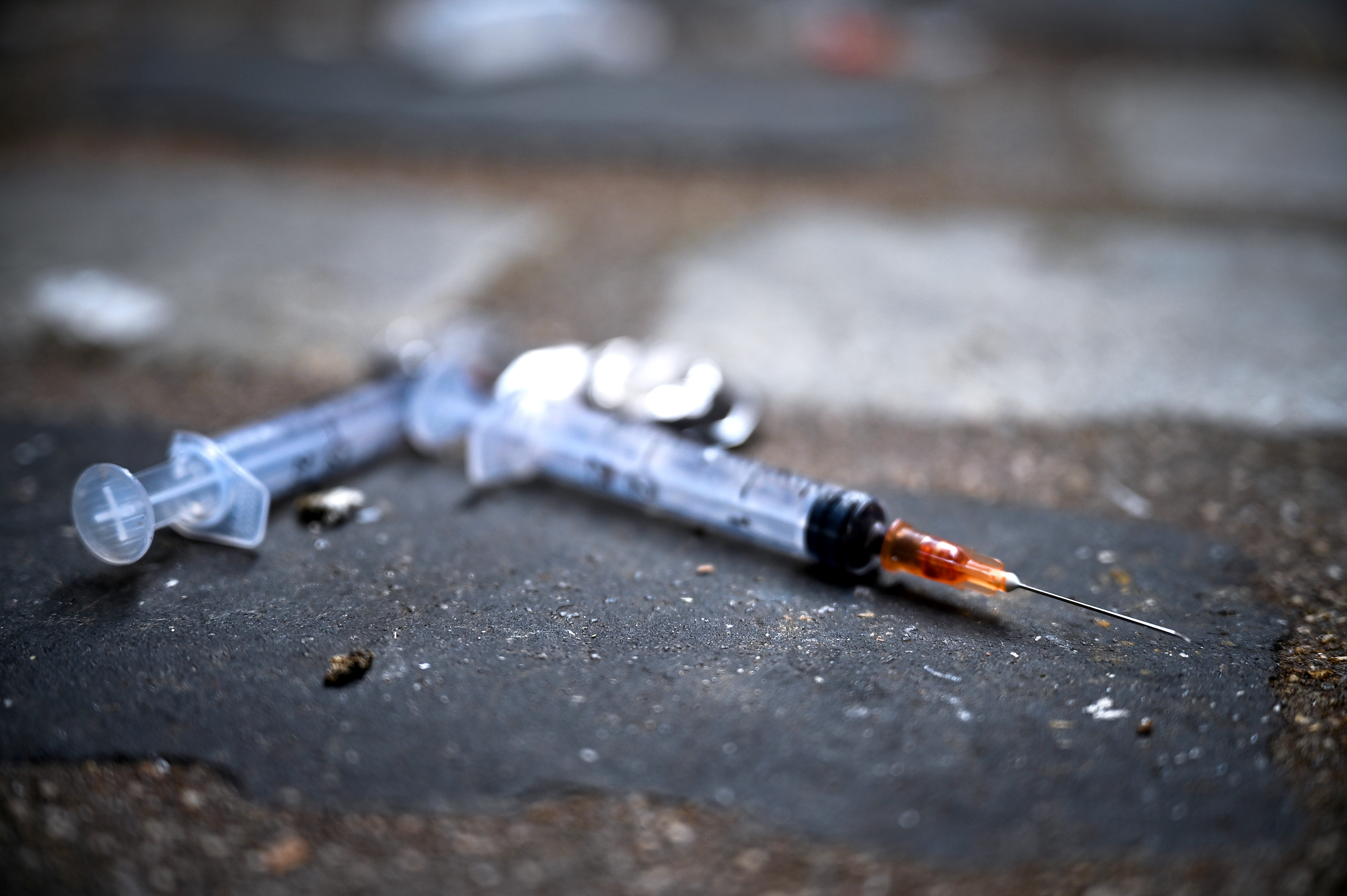Drug deaths in Scotland have reached their highest-ever level, with Scottish government figures recording 1,339 fatalities in 2020. When the statistics for 2019 were published last December, confirming Scotland as the drug death capital of Europe, Nicola Sturgeon was forced to sack her drugs minister and pledge a £250 million investment in support and treatment services. The current drugs minister, Angela Constance, need not worry about her position just yet. Today’s numbers reflect the final year of her predecessor’s watch, but they nonetheless make for brutal reading.
Constance has called them ‘heart-breaking’ but that is far from adequate. 2020 was the seventh year in a row in which the death rate went up. For a country with a population of only 5.5 million, it is a grievous tally: higher than the annual death toll from Aids in Niger, three times the number killed in the Philippines’ drug war over the same period. Drugs killed more people in Scotland in 2020 than a year of Saudi airstrikes in Yemen.
During their first 12 years in power, the SNP cut funding for drug and alcohol services by 53 per cent
The Scottish government is taking a scattergun approach to the problem, investing in more residential treatment and pushing the UK government for more powers on ‘overdose prevention facilities’. The reason for the eclectic — some might say unfocused, others might say panicked — response from Nicola Sturgeon’s government is that no one is entirely sure what will work and SNP ministers must be seen to be doing something. Sturgeon herself admitted in April that her administration ‘took our eye off the ball’ on drug deaths. The truth is much worse: during their first 12 years in power, the SNP cut funding for drug and alcohol services by 53 per cent, an action followed by a 160 per cent increase in drug deaths.
This issue makes the Nationalists queasy because the blame can’t be pinned exclusively on big, bad Westminster. The SNP has been running the show for 14 years. It has had the powers and the funds to invest in treatment and support and simply chose not to — until the spiking death rate shamed them into action.
Even a government that was activist about these matters would be daunted by the challenges thrown up by Scotland’s drug culture. For one, the biggest killer these days is not the heroin habit made famous by Trainspotting; it’s ‘street valium’, a benzodiazepine that can be picked up for 50p a pill on the streets of Dundee and Glasgow.
There is also the problem of a UK government that remains hostile to safe injection sites, decriminalisation and medicalisation of a social pathology the criminal justice system is wholly unsuited to addressing. The underlying issue, however, is the Scottish government’s lack of vision — or even just a clue — for tackling the problem. It is bordering on a macabre experiment in just how thoroughly and consistently a government can fail the most vulnerable before it faces some sort of electoral consequence, or at least acquires a functioning conscience. What is happening in Scotland is a mass human sacrifice of people who are treated as less than human because they don’t vote and their stories are not sympathetic enough for the front pages.
A sensible, if modest, step forward would be for Holyrood to pass Douglas Ross’s Right to Recovery Bill. The Scottish Tory leader wants to create a legal right to drug treatment, including the right to be admitted to a residential programme. There’s a lot of sympathy for the idea across the board at Holyrood, including from Nationalists who think their government should have thought of it first. Ross says getting the bill over the line will require the SNP to ‘wake up, stop stalling and support it’ and he points to the recent precedent of Holyrood rushing through Covid laws in three days.
A right to recovery is all well and good but it wouldn’t cut out the core of Scotland’s fatal drug culture: criminalisation. Prohibition doesn’t stop people wanting drugs and punishment doesn’t deter them from acquiring them through illegal means. Abstinence will work for some but for other users, the task is to manage risk and reduce harm. That means moving away from prohibition and towards an approach that puts safety first.
If hard drug-taking is going to happen — and it is — it should happen in lawful, safe, medical environments in which consumption can be better monitored and regulated, and overdoses and other adverse reactions managed by medics. Until we accept the need for this kind of reform, we will have to get used to the grim sobriquet of the ‘drug death capital of Europe’ because it won’t be going anywhere.








Comments